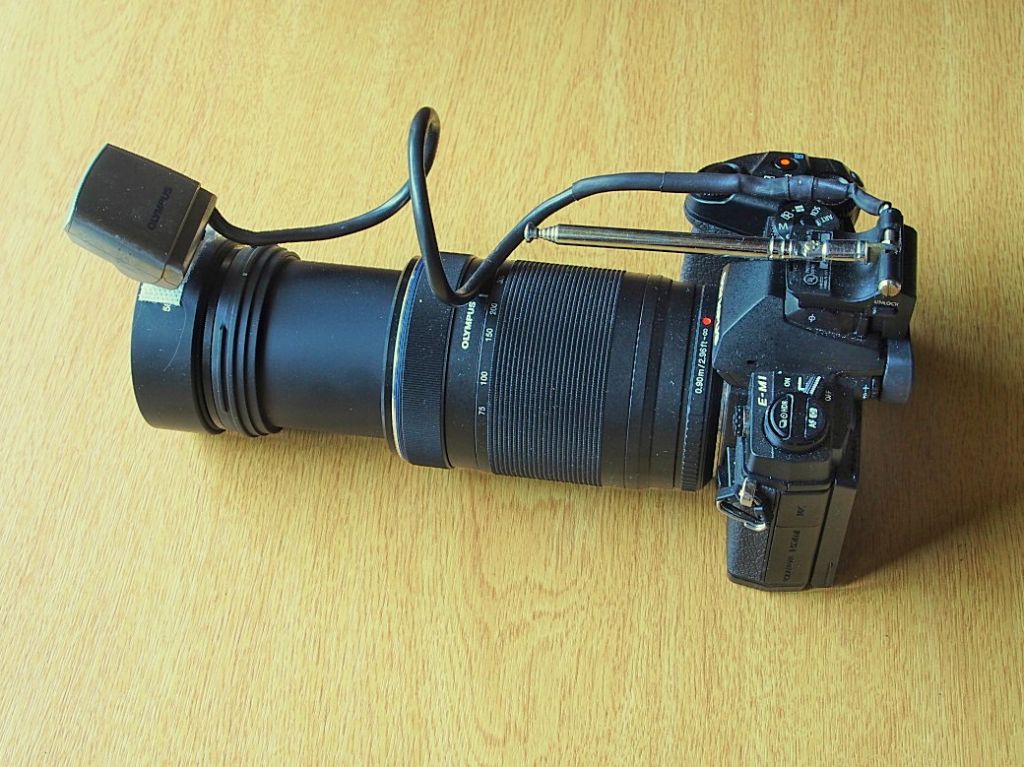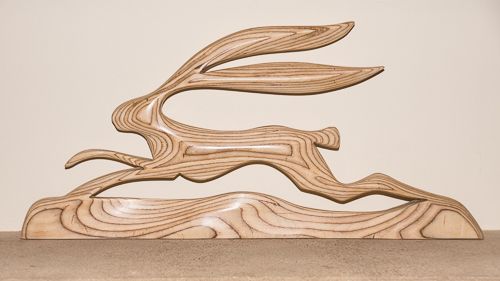No – the idea was to mount the flash on the end of it for a fixed focal length macro lens. The problem with that is Olympus only do a 60mm focal length macro lens which means at 1:1 the insect is less distance than that away from the subject so often they buzz off or what ever else the do. The lens on the camera is an 75-300mm zoom lens fitted with an achromatic close up lens. It works well with the zoom up to around 200mm which gives a lot more working distance. Past 200mm the resolution of the lens isn't so good.
Micro 4/3 has it's problems with macro work because of the electronic viewfinder. Things can look in focus as there is a lot less pixels in the view than on the sensor. With a normal dlsr people general set a magnification ratio and then focus visually be moving the camera. I do the same but have to rely on the auto focus to crisp it up. There isn't much depth of field so it can easily decide to focus on whatever the insect is on rather than the insect itself. I initially I only had a few good shots out of a dozen. Now if I can take 2 at least one of them is usually ok. Often I can take more just in case. I still haven't figured out depth of field needed that well. That comes with practice. There isn't enough time to start measuring distance and looking at charts etc. I'm getting the hang of making it easier by using the lest magnification that I can. Judged by the amount of detail that I can see in the viewfinder. The dedicated macro people think I'm mad doing that but using only the mag that is really needed is good practice when using microscope and I think the problems are similar.
There are some shots taken with the set up are here
**LINK**
Some of the other albums contain all shots I might have taken even bad ones or a light and dark so that I can merge them later if needed.
John
–
Ajohnw.






